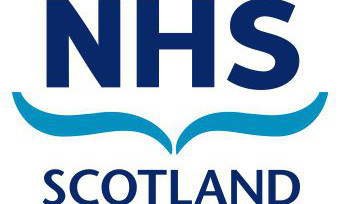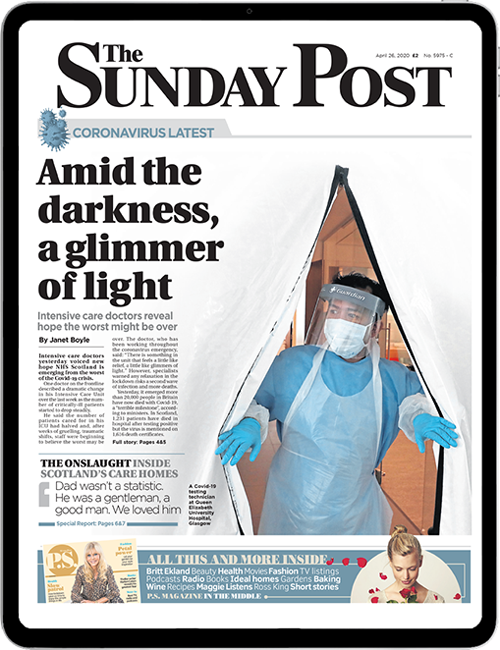
Health chiefs have splashed out more than £400m on stand-in staff over the last seven years.
The alarming wage bill is nearly three times what it is costing to build a new sick kids hospital in Edinburgh.
Overstretched hospital executives have nearly doubled what they spend on locum doctors to more than £50 million a year over the last three years in response to a huge staff shortage.
The crisis is so dire emergency ad hoc stand-in specialists are routinely paid huge fees to keep the creaking NHS operational.
A shocking example of this emerged last week when it was revealed NHS Grampian paid for an Indian consultant to make a round trip of 8,000 miles to cover weekend shifts at Aberdeen Royal Infirmary after the Health Board failed to find a local doctor.
Last night Labour’s Health Spokesman, Neil Findlay, described the figures as “truly shocking”. He said: “The increasing use of agency staff is another sign that our NHS is under strain. The figures in relation to doctors and consultants employed via agencies are particularly concerning. Health Boards and the Government must do more to fill vacancies and negate the need for employing hugely expensive agency doctors.
“This is just the latest in a long line of examples showing our NHS under huge pressure. The Scottish Government are completely failing to address these issues.”
Soaring patient demand and a failure to fill key posts has fuelled the crisis.
A total of £53m was splashed out on agency doctors and consultants in 2013/14 up from £28m in 2011/12. The overall hospital agency bill, including nurses and admin staff, over the last seven years was £415m .
Unions, doctors’ leaders and public spending watchdog Audit Scotland have warned an increasing reliance on agency staff demonstrates the system is close to breaking point.
A breakdown of the figures shows the outlay on doctor or consultant locums accounts for the majority of the hike, with the total haul for medical agency staff, excluding nurses, £230m over the last seven years.
NHS Fife, which is around 40 consultants short, saw its spend on senior and junior locum medical staff nearly treble over the last three years. The number of hours worked by senior medical agency staff jumped from 11,354 in 2011 to 23,670 last year.
Dr Peter Bennie, chairman of the BMA in Scotland, said: “While locums can provide short-term cover which keep services running they are not a substitute to good workforce planning and should not be used to plug long-term gaps in medical rotas.
“The high vacancy levels across Scotland are increasing the pressures on medical staff to fill rota gaps and pushing services to a critical level.”
A Scottish Government spokesman said it is “committed to investing in the continued growth of our frontline workforce”.
The spokesman said: “Under this Government, the number of qualified nurses has increased by more than 1,800 and the number of consultants by more than 1,100.
“We have worked with boards to establish local medical staff banks, which provide better value than agencies, and reduce the spend on locums.”

Enjoy the convenience of having The Sunday Post delivered as a digital ePaper straight to your smartphone, tablet or computer.
Subscribe for only £5.49 a month and enjoy all the benefits of the printed paper as a digital replica.
Subscribe